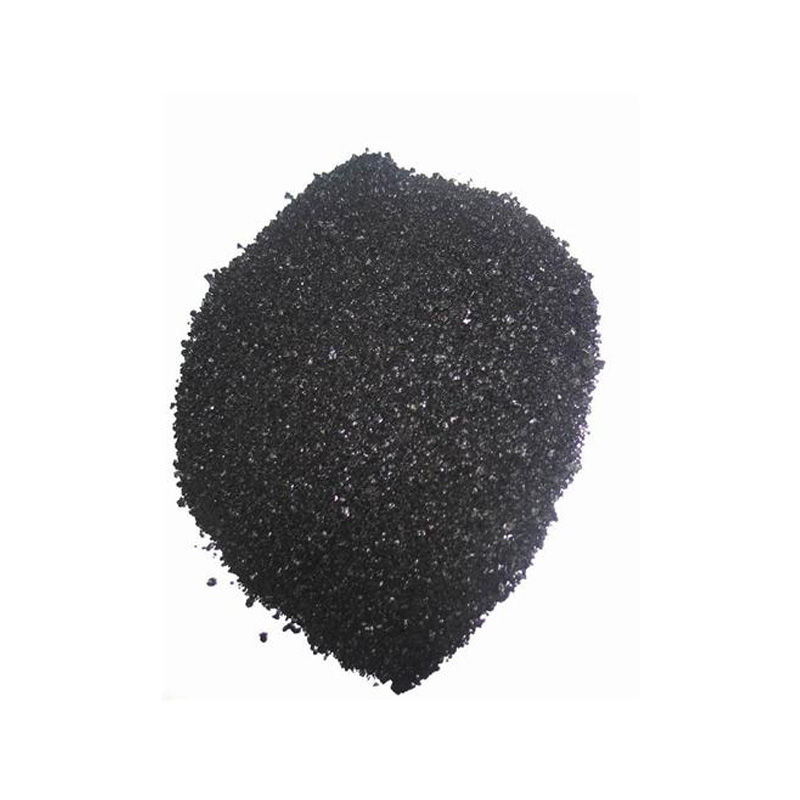The Process and Benefits of Creating Synthetic Indigo Dye for Textiles
Synthetic Indigo Dye A Revolution in Color
Indigo dye has fascinated humanity for centuries, prized for its deep blue hue and the unique way it interacts with textiles. Traditionally derived from the plant Indigofera tinctoria, the indigo dyeing process is labor-intensive and requires significant agricultural resources. However, the advent of synthetic indigo dye revolutionized the textile industry and significantly changed the way artists, designers, and manufacturers approach dyeing fabrics.
Synthetic indigo dye emerged in the late 19th century as chemists began to unravel the complex organic chemistry of natural indigo. The first synthetic version was developed in 1897 by German chemist Adolf von Baeyer, who was able to manufacture it using simpler and cheaper raw materials. This breakthrough not only made the dye more accessible but also allowed for greater consistency and stability in color.
One of the most notable advantages of synthetic indigo is its cost-effectiveness. The traditional method of extracting natural indigo requires extensive cultivation of indigo plants and careful harvesting processes. In contrast, synthetic indigo can be produced in large quantities using readily available petrochemicals, resulting in a significant reduction in cost and time. This affordability has made indigo dye available to a wider range of consumers, from high-end fashion designers to everyday clothing manufacturers.
synthetic indigo dye

Another substantial benefit of synthetic indigo dye is its impact on environmental sustainability. While the production of synthetic dyes does raise concerns regarding pollution and waste, the cultivation of indigo plants often involves the use of pesticides and fertilizers, which can harm local ecosystems. Moreover, synthetic indigo can be engineered to produce less harmful byproducts during its production process, making it a more environmentally friendly option when managed correctly.
In addition to these practical benefits, synthetic indigo has led to innovations in dye application methods. For instance, modern techniques such as rope dyeing, tie-dyeing, and resist dyeing have all been enhanced by the availability of synthetic indigo, allowing artisans to experiment with patterns and textures that were previously difficult to achieve with natural dye. The intense saturation and colorfast properties of synthetic indigo also mean that dyed fabrics maintain their vibrant appearance over time, a critical factor for both consumers and manufacturers.
Despite these advantages, some critics argue that the rise of synthetic indigo represents a loss of traditional craftsmanship and a connection to heritage practices. There is an ongoing debate within the textile community about balancing the benefits of synthetic dyes with a desire to preserve the art of natural dyeing, which carries cultural significance in many societies worldwide. As a result, some artisans and designers are exploring ways to combine traditional and modern techniques, celebrating both the heritage of indigo dyeing and the advancements of contemporary chemistry.
In conclusion, synthetic indigo dye has fundamentally transformed the textile industry, offering a cost-effective, sustainable, and versatile alternative to traditional natural dyes. As the world continues to explore innovative methods of dyeing and coloring textiles, the journey of synthetic indigo stands as a testament to the intersection of science and art. Whether championed for its practicality or criticized for its impact on tradition, synthetic indigo remains an integral part of the fabric of our lives, literally and figuratively.
-
Sulphur Black Dyes in Daily Use
NewsMay.07,2025
-
Indigo Dyeing for Daily Life
NewsMay.07,2025
-
Indigo Dye Production and Its Growing Demand
NewsMay.07,2025
-
Color That Lasts
NewsMay.07,2025
-
Bromo Indigo for Modern Use
NewsMay.07,2025
-
Blue From Nature
NewsMay.07,2025
-
The Timeless Color in Fashion and Textiles
NewsApr.10,2025

Sulphur Black
1.Name: sulphur black; Sulfur Black; Sulphur Black 1;
2.Structure formula:
3.Molecule formula: C6H4N2O5
4.CAS No.: 1326-82-5
5.HS code: 32041911
6.Product specification:Appearance:black phosphorus flakes; black liquid

Bromo Indigo; Vat Bromo-Indigo; C.I.Vat Blue 5
1.Name: Bromo indigo; Vat bromo-indigo; C.I.Vat blue 5;
2.Structure formula:
3.Molecule formula: C16H6Br4N2O2
4.CAS No.: 2475-31-2
5.HS code: 3204151000 6.Major usage and instruction: Be mainly used to dye cotton fabrics.

Indigo Blue Vat Blue
1.Name: indigo blue,vat blue 1,
2.Structure formula:
3.Molecule formula: C16H10N2O2
4.. CAS No.: 482-89-3
5.Molecule weight: 262.62
6.HS code: 3204151000
7.Major usage and instruction: Be mainly used to dye cotton fabrics.

